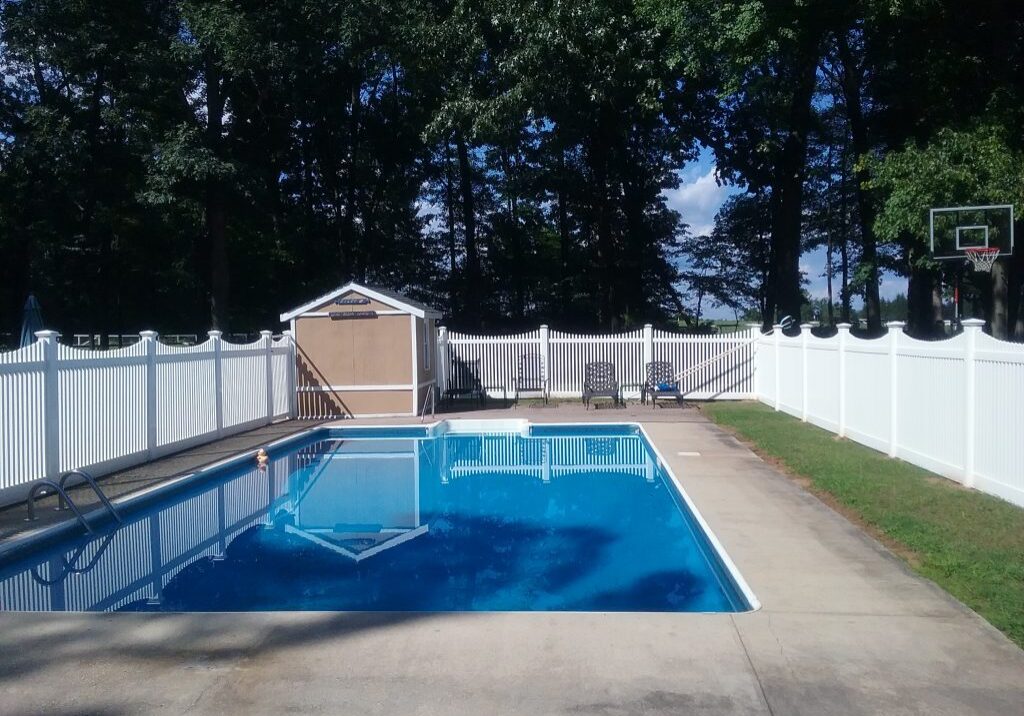All Categories
Featured

Recognizing the indicators that your fencing requires to be replaced can assist you avoid further damages and keep the safety and look of your building. Here are some essential signs that it's time to change your fence.

- Visible Damages or Deterioration
Among the most obvious signs that your fence requires to be replaced shows up damage. Whether it's from weathering, accidents, or parasites, any type of significant fractures, splintering, or missing boards can considerably reduce the structural honesty of your fencing. If the damage is comprehensive and surpasses simply a couple of repair services, changing the whole fence might be more cost-efficient in the lengthy run.
- Leaning or Sagging
A drooping or leaning fence is a clear indication of an issue. With time, the rails and messages can change as a result of wetness, rotting, or poor installment. If your fence is no more standing right or leaning at an angle, it's a good indication that the structure is compromised, which may need a full replacement. Even if the fencing appears to be leaning somewhat, it can be a sign of underlying architectural issues that could intensify with time.
- Rotting or Rotting Timber

Wooden fences are particularly susceptible to rot and degeneration, particularly in areas that experience high degrees of moisture or moisture. If you observe that components of your wood fence are soft, tarnished, or have noticeable mold and mildew, these are all signs of rot.
- Corrosion and Corrosion (For Steel Fences)
If you have a steel fencing, rust and rust are typical indicators of deterioration. If you discover any substantial weakening or huge areas of rust, it might be time to think about changing your metal fence.
- Fence No Longer Satisfies Your Requirements
One more factor to replace your fence could be that it no much longer offers its desired purpose. Gradually, your demands may alter-- probably you require a higher fencing for more personal privacy or a more powerful one for increased protection. If your fence no longer meets your demands or does not align with your present preferences, it might be time to update to a brand-new, much more useful layout.
- Fading and Staining
While fading and staining are typically cosmetic issues, they can still show that your fencing is aging. Exposure to UV rays and rough climate can create fences to lose their original color, making them look plain and worn. If the fading is comprehensive and you have actually currently tried cleaning and staining the fencing, it may be time to change it to recover the look of your residential property.
- Regular Fixings
If you find on your own regularly repairing your fencing, it can be an indication that the fencing is nearing the end of its life-span. While minor repair work can extend the life of a fence, constant solutions may indicate that the framework is no longer stable. In this situation, it may be a lot more affordable to replace the whole fencing as opposed to proceeding to buy repair services.
Conclusion
Changing a fence is a considerable investment, yet it is necessary for preserving the safety, privacy, and visual appeal of your home. If your fence is showing indicators of damages, rot, leaning, or other structural issues, it's vital to examine whether a substitute is essential. By identifying these warning indicators at an early stage, you can make enlightened decisions regarding when to replace your fence, guaranteeing your residential or commercial property stays secure and visually appealing for many years to come.
Latest Posts
Take Advantage of Exclusive Auto Repair Specials in Chicago at Montclare Auto Repair
Published May 27, 25
1 min read
Why Consistent Car Maintenance at Montclare Auto Repair Saves You Money
Published May 24, 25
1 min read
Experience Your Financial Partner at WyHy – Key Advantages for Your Financial Success
Published May 23, 25
1 min read
More
Latest Posts
Take Advantage of Exclusive Auto Repair Specials in Chicago at Montclare Auto Repair
Published May 27, 25
1 min read
Why Consistent Car Maintenance at Montclare Auto Repair Saves You Money
Published May 24, 25
1 min read
Experience Your Financial Partner at WyHy – Key Advantages for Your Financial Success
Published May 23, 25
1 min read